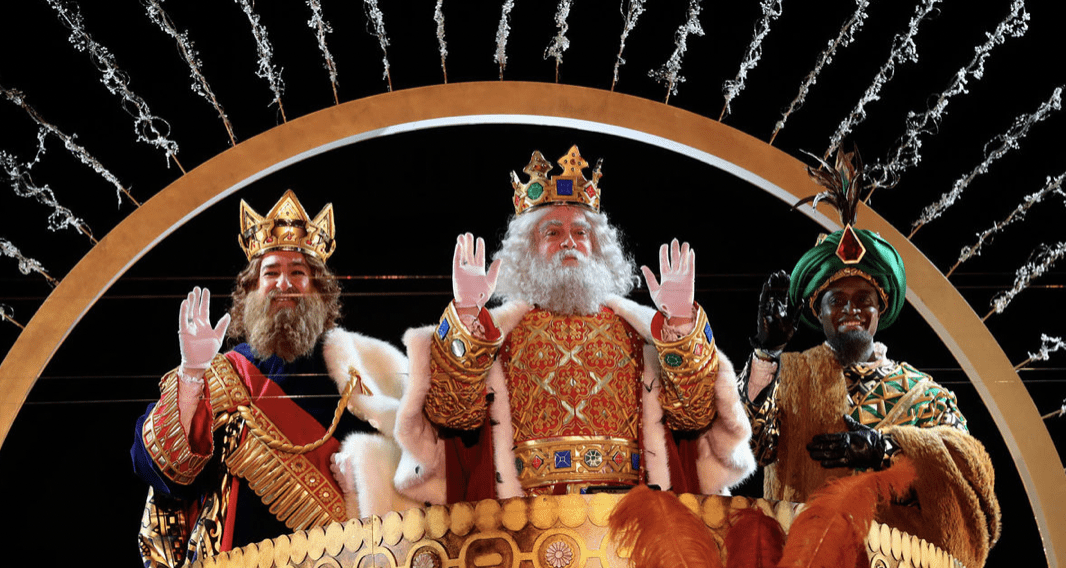Christmas Day may be Dec. 25. However, it’s far from the conclusion of the Christmas story. In numerous Western Christian traditions, twelve days of Christmas culminate on Jan. 6, known as Epiphany. It is the time when the “Magi” or “wise men” or “three kings” arrive to witness the birth of Jesus.
Did these men get their inspiration from any historical individuals? Although it’s not easy to link their depictions to a specific person, the concise descriptions of their lives within Matthew’s Gospel of Matthew correspond with our beliefs about the world when the Gospel was written.
The sole reference to this group of men found in the Bible is in Chapter 2 of the Gospel of Matthew. They’re not referred to as “wise men,” or “kings.” It’s not even mentioned how many people were present. The text-only mentions “some men from the East” and “visitors from the East.” Matthew’s Gospel mentions that shortly following, Jesus arrived in Bethlehem in Judea, which was ruled by Herod the Roman Herod. Herod, “some men who studied the stars came from the East to Jerusalem and asked, ‘Where is the baby born to be the King of the Jews? We saw his star when it came up in the East, and we have come to worship him. ‘” In the Gospel, the men took an astronomical star to the home in Bethlehem where Jesus was. Mary was. They presented them with gifts made of gold, Frankincense and Myrrh. For more information about fashion, click to magotamarit.com that would be the right place for you.
In the past, as it is today, gold was a symbol of prosperity and strength. Frankincense was one of the forms that were used in perfume and incense. Myrrh was one of the “outlier,” according to Kristin Swenson, who is an Associate Professor in the Department of Religious Studies in Virginia Commonwealth University and author of the forthcoming A Most Strange Book The Inherent Stupidity in the Bible. It’s been used in the past as perfume, and even in the ancient times of Egypt as an embalming process as well as in embalming processes that Christians have believed to foretell Jesus’s death. In Mark 15:23 Jesus is served myrrh-infused wine before his execution, as it is believed it acts as a painkiller Swenson declares. Myrrh could also be utilized in the oil used to anoint kings. This is significant considering that the Magi were looking for the King from the Jews. For more information about fashion, click to fubar news that would be the right place for you.
The lavish gifts suggest that the visitors who come from their homeland in the East “are people of great wealth and power, that’s kind of obvious based on the things they bring,” Swenson says. Swenson. “They are called Magi in the Greek, which was a term that referred to a kind of subclass of Persian priests. But they have come to be known as wise men… Their orientation was much more in what we might today identify with science.” The idea of looking to the stars could be “very much in keeping with the religious tradition of this place in time of looking to the heavens, the stars, and the planets for information about the gods’ wishes and doings, and some stars or planets were identified with God.”
Swenson is also adamant that the Gospel of Matthew reimagines a prophecy that was written hundreds of years prior, as recorded within the Book of Isaiah within the Old Testament, which describes nations around the globe recognizing Israel as the shining star of the world and celebrating this with gold, Frankincense as well as other offerings worth a lot of money.

